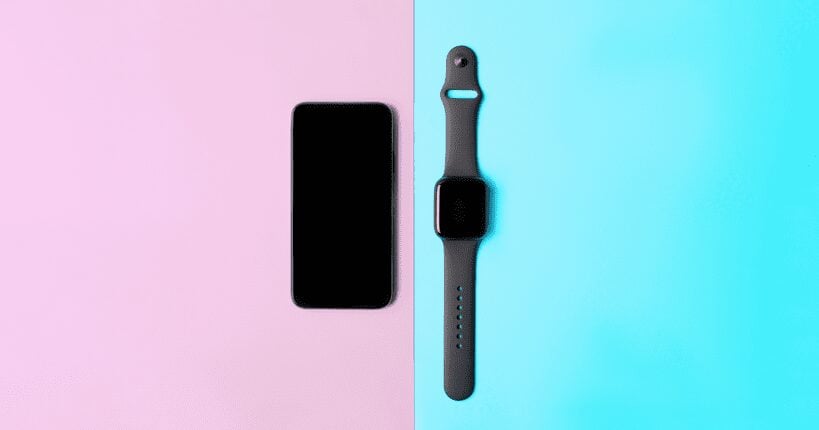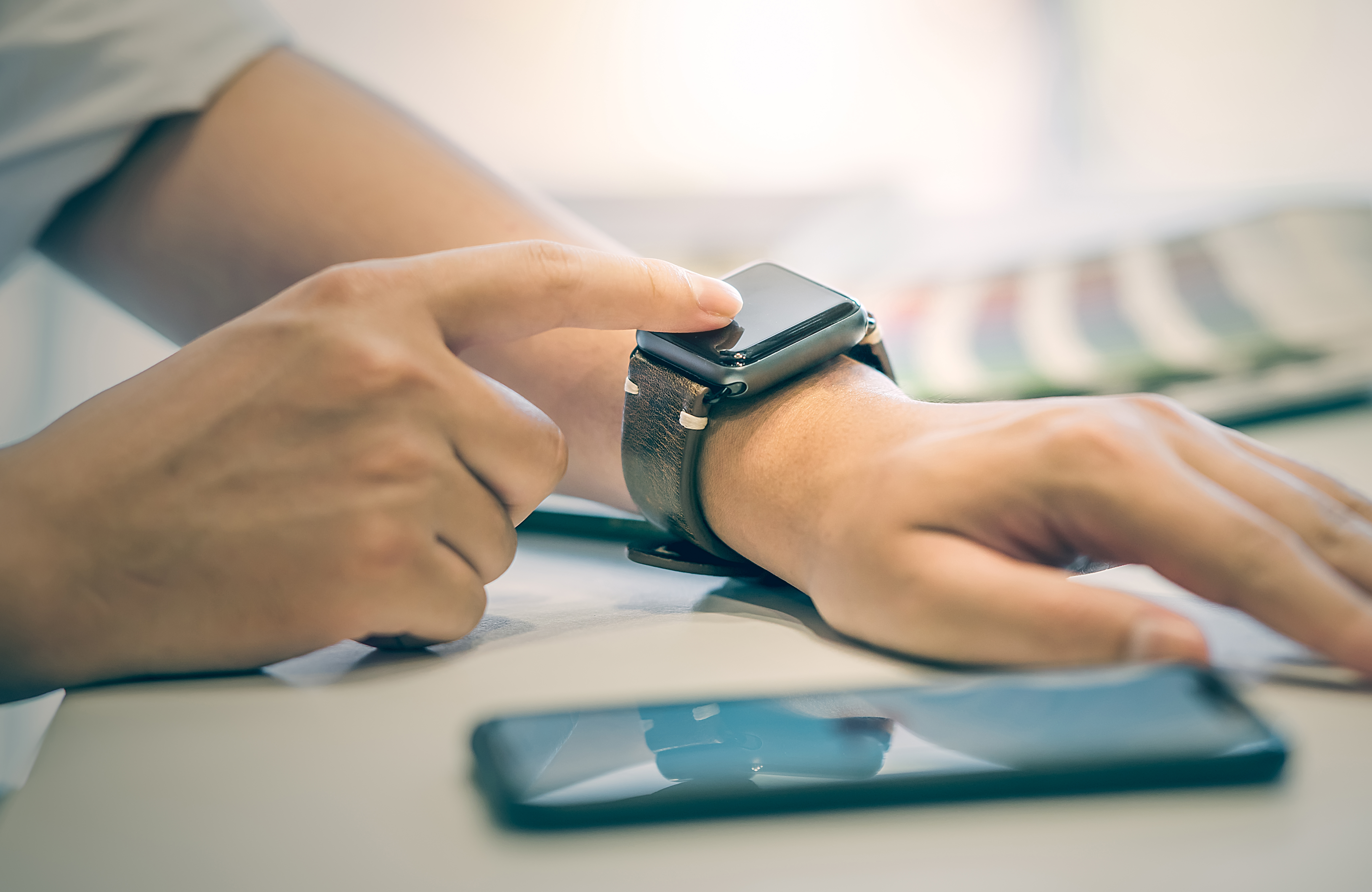Only a few years ago, smartwatches have been mere fitness trackers with very limited smart features. However, in a relatively short span of time, they evolved into one of the most promising and sought-after tech devices on the market.
Their capabilities are expanding rapidly – now you can not only receive and make phone calls, respond to text messages, track your fitness activities and get notifications, but also listen to music, use the built-in GPS, and even make contactless payments from your wrist.
There’s been a 20% increase in global demand for smartwatches this year, even despite the coronavirus outbreak. In fact, the pandemic probably further fueled the rise of smartwatch purchases due to people’s rising health concerns. On the contrary, smartphone shipments saw a decline in the first quarter of 2020. These statistics indicate that smartwatches are gaining more and more popularity.
Smartwatch: The successor of the smartphone?
At the moment, smartwatches still depend on smartphones to some degree, as most of them have to be paired with a phone to deliver the full experience. They function as one part of an interconnected system. It’s almost like having a secondary, more easily accessible display on your wrist.
However, thanks to the relentless development of smartwatch technology, this barrier is disappearing fast. And it’s no longer a matter of if, but when. When that happens, smartwatches will be able to work autonomously.
What are the advantages of smartwatches over smartphones?
Easy and quick access
Since you have the device on your wrist, you don’t have to reach into your pocket or search in your bag just to check something. You can conveniently access apps, emails, social media accounts, and contacts just by looking at your wrist.
Keep it safe effortlessly
Obviously, the chance of losing or dropping the device is significantly smaller since it’s tied to your wrist. Moreover, thanks to their size they are much easier to carry around and store.
More data, better insights
Smartwatches provide us with a lot of actionable data, helping us learn more about our habits. As a result, we can identify in which areas of our lives we need to make improvements. As James L. McQuivey, an analyst at Forrester Research described it: “[A smartwatch is] someone who knows more about what you need than you do.” Ultimately, learning about our habits can help us become more productive.
Health monitoring
One of the reasons behind the growing demand for smartwatches following the coronavirus outbreak is that they are the most accurate generally available health and body monitoring devices out there. As people’s health concerns grew, so did the sales of smartwatches. They help you track your steps, distance traveled, calories burned, sleep patterns, workouts, and heart rate. Some of the more advanced fitness watches even offer advanced REM monitoring, as well as blood oxygen saturation and stress level measurements. Garmin’s Vivosmart 4 also reminds users to take a short breather when stress levels are high in the body.
Free your eyes and hands
One example for both – an Apple Watch can now provide directions by making different vibrations. You’ll feel one kind of buzz when you need to turn right, and a different one when you need to turn left. This way, you don’t have to stare at the navigation on your phone. Instead, you can rely on the sensations you feel on your hand and enjoy the scenery while getting to your destination.
Smartwatches in business
Importantly, smartwatches have still untapped potential beyond our personal lives. Companies can benefit from the huge amounts of data that can be gathered through employees’ use of wearables. Besides, they are much smaller than smartphones, making them even more convenient to use during manual labor outside the office. For example, field technicians can benefit from the convenience of wearables by having it tied to their wrist instead of having to carry their clunky tablets everywhere.
To learn more about smartwatches in the enterprise, check out this blog post where we discuss potential business use cases in more detail.
The future of smartwatches: A new competitor on the horizon?
Before they can fully compete with smartphones, smartwatches need to overcome their current limitations. At the moment, the biggest one is the relatively short battery life. Even the Apple Watch Series 5, which is often considered to be the best smartwatch on the market, lasts only 18 hours on one charge.
However, it seems inevitable that smartwatches will soon have many features of smartphones, making them not simply their accessories, but a viable alternative. The big question is whether the two devices will become direct competitors, or will they be able to co-exist. Or perhaps a third, completely new gadget will emerge, beating both smartwatches and smartphones? After all, with advancements in AR, one of the most exciting and anticipated tech products is smart eyewear, especially smart contact lenses.
Which technology will dominate the smart devices market? The one that will be the fastest to effectively translate key features and capabilities known of smartphones and tablets into a practical product.
We might need to wait a bit longer until we get to know the definite successor to the smartphone. Yet, smartwatches have already brought new ways of enhancing our personal and professional lives that individuals and organizations can implement right now.

Download the e-book to learn more
If you want to discover how you can utilize smartwatches in your business today, download our free e-book. In it we further discuss:
- The pros and cons of smartwatches and smartphones
- The most important facts business smartwatch app developers need to consider
- How the smartwatch usage of employees (even) during their free time can have a positive effect on companies
- The biggest challenges of smartwatch use across industries
- And more…

